The best architectural and cultural attractions of Crimea
Crimea is not in vain called the Black Sea pearl. The peninsula from ancient times attracted people. And today you can find traces of ancient civilizations. In the past, it was a colony of Greece, a haven of Italian merchants, an outpost of the Ottoman Khan and a favorite summer vacation spot for senior officials of the Russian Empire. And in Soviet times, Crimea was considered the main beach of the country. What can tourists see here today?
bird home
This is the most famous of the architectural monuments of the southern coast of the peninsula, which is often depicted on postcards and tourist brochures. In the XIX century, the residence of the general was at this place. After this, the lands passed into the possession of Baron Steingel, the famous palace was built in neo-Gothic style here. After the Civil War, his estate fell into disrepair, and began to be restored only in the 1960s.
Livadia Palace
The palace complex is located in the village of Livadia. Construction here began at the beginning of the 19th century. In 1861, the estate was sold as a summer cottage to the royal family. The palace building, which we can see today, was built in the 20th century. During the Great Patriotic War, he was badly damaged. Restore the Livadia Palace began in 1945 on the eve of the Yalta Conference.
Vorontsov Palace
And in the small village of Alupka, at the base of Ai-Petri Mountain, there is a museum reserve built in the 19th century, especially for Count Vorontsov. One of the parts of the castle is made in the style of Moorish architecture, and the other in the style of the English Tudors.
Massandra Palace
Near Yalta is another famous Crimean palace, built in the XIX century. At that time, these lands belonged to Count Vorontsov, but later they passed to the royal family. In the construction of the castle was used the style of Louis XIII. In the middle of the last century, the cottage of the first persons of the USSR was located here. Today, a museum is opened within the walls of the Massandra Palace.
Mount Ai-Petri
The mountain is part of the mountain forest reserve of Yalta. There used to be a monastery of St. Peter on the mountain. You can climb the mountain using the cable car, the length of which is 3 km, which makes it the longest in Europe.
Khan's Palace of Bakhchisarai
The palace built in the 16th century housed the residence of Crimean khans. The architectural idea during the construction of the castle was to convey to future generations the idea of the Crimean Tatars about paradise. Each subsequent ruler supplemented and expanded the palace. During its existence, it was destroyed several times by fire, but each time it was restored and rebuilt, so to this day it could not reach its original form. In the XX century, it was decided to take up the restoration of its historical interior.
Ak-Kaya Rock
In the river valley, which is called Biyuk-Karasu, there is an archaeological and natural reserve, part of which is a massive rock of limestone. At its foot were found traces of the primitive man. During the excavations, ancient mounds of Scythians were discovered on the top of Ak-Kai. Near the cliff you can see an 800-year-old oak, where, according to the stories of the local population, negotiations were held between Suvorov and the Turkish Sultan.
Ayu-Dag
The natural and historical-archaeological monument of Crimea has another name “Bear Mountain”. Here, to the present day, the remains of the ancient settlement, located in these places in the VIII-XV centuries, have been preserved. According to local legend, the mountain is a huge petrified bear that roamed the valley, destroying everything in its path. Calm down he made the sea god.Today, more than 10 rare species of animals live in the reserve.
Marble Cave
Near the village of Mramornoye there is a karst cave, formed here millions of years ago. And even today, expansion processes continue to take place in it. The Marble Cave has several large halls where you can see rare stalactites and crystals.
Tauric Chersonesos
The ancient Greek city was founded in the 5th century BC. It was a large prosperous center of the peninsula, which is a Greek colony. In the II century BC, he came under the protectorate of the Bosporus kingdom, and subsequently became subject to Rome. Chersonesus became the cradle of Christianity, where it originated in the 1st century. It was here that Prince Vladimir was baptized in X.
Cave city of Chufut-Kale
There is a fortified city on a plateau near the city of Bakhchisaray. The road to it lies through the Holy Assumption Monastery. According to various sources, Chufut-Kale was built in the 5th or 6th century to protect the outskirts of the Byzantine kingdom. In the XIII-XIV centuries, it was the center of a small principality, in which mainly Karaites settled. The last inhabitants left the city in the 19th century.
Genoese fortresses
There were 3 forts in Sudak, Balaklava and Feodosiya and were used as outposts. In the XIV century, the entire territory from Foros to modern Theodosia passed to the Genoese and was called Genoese Gazaria. After 200 years, the Ottoman Empire took over the fortresses.
Foros Church
The construction was built on a high rock in the XIX century by order of Alexander III. In 1918, a restaurant was opened here, which worked until the 70s. The church was restored in the 1990s.
Assumption Cave Monastery
The monastery was founded in the VIII century by Byzantine monks. To give honors to the shrines that were stored here, came the Crimean Khan. In the 20s of the last century, the monastery was closed. Some of its buildings were destroyed during the 1927 earthquake. Restore the shrine began in 1993.
Object 825GTS
In the days of the USSR, there was the most classified military facility in which submarines entered. For a very long time, Balaklava Bay was not depicted on any map. After the collapse of the Soviet Union, the base was looted and fell into complete desolation. In 2004, the Ukrainian government decided to open a historical museum of the submarine fleet here. In recent years, the Russian government plans to revive the base.
Ghost valley
On the western slope of the Demerdzhi massif there is a cluster of rocks. In total, there are about 100 blocks of stone in the valley, the largest of which are up to 25 meters high. At sunrise and sunset, these stones begin to cast bizarre moving and intertwined shadows.
Cape Fiolent
15 km from Sevastopol is a natural territory, characterized by an expressive landscape and unique flora. On the cape are Jasper beach and St. George's Monastery. Due to the fact that ships and very clear water are not moored here, divers have chosen this place.
Golitsyn trail
In the village of New World, you can see the path created by Prince Golitsyn for 3 km. Its creation was timed to the arrival of Nicholas II. The trail begins near Oryol Mountain and stretches to the Golitsyn Grotto along the sea coast. Many hiking trails pass here.
Jur-Jur Waterfall
This natural attraction is the largest and most picturesque waterfall on the Crimean peninsula. Its height is 15 meters and its width is 5 meters. Even in the hottest summers, it remains full-flowing, and the water temperature in it never exceeds 10 degrees. Sometimes stones fall together with water from a height.
Nikitsky Botanical Garden
10 km from Yalta is a picturesque garden, covering an area of tens of hectares. Research facilities are open here. It appeared at Count Vorontsov in the 19th century. In the first 12 years of its work, more than 500 different plant species have been collected here.
The Crimean peninsula has an interesting and eventful history. A large number of cultural and architectural attractions that attract the attention of tourists have survived to this day.

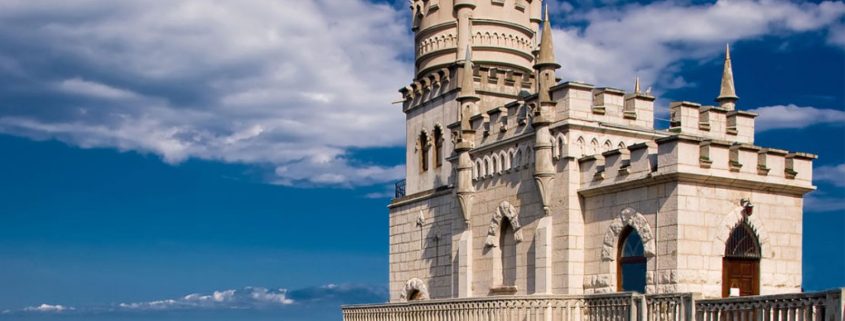
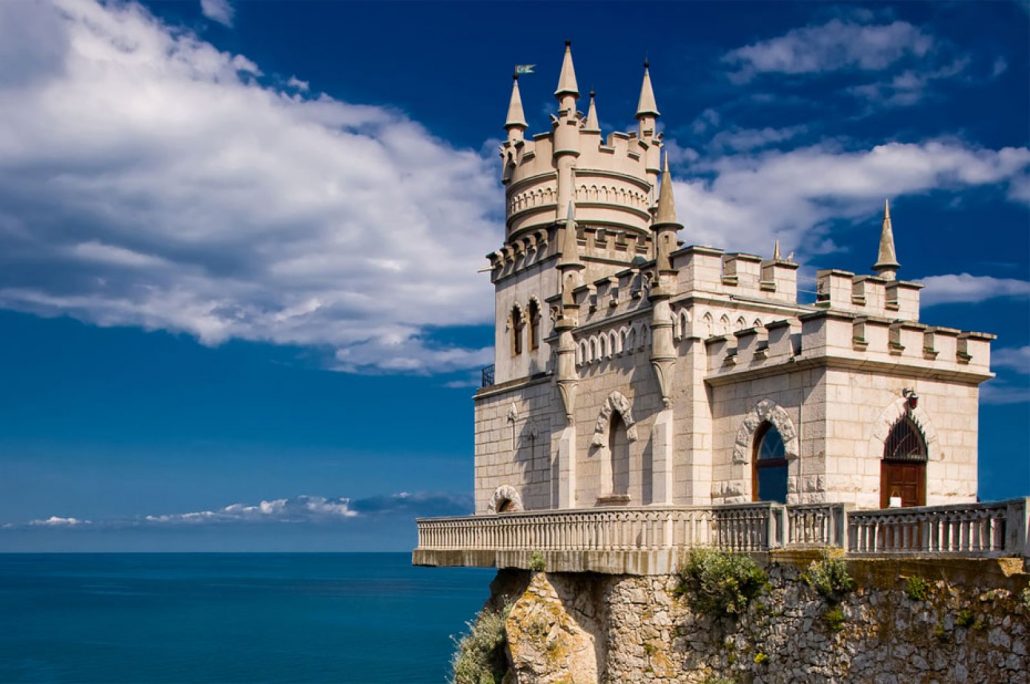

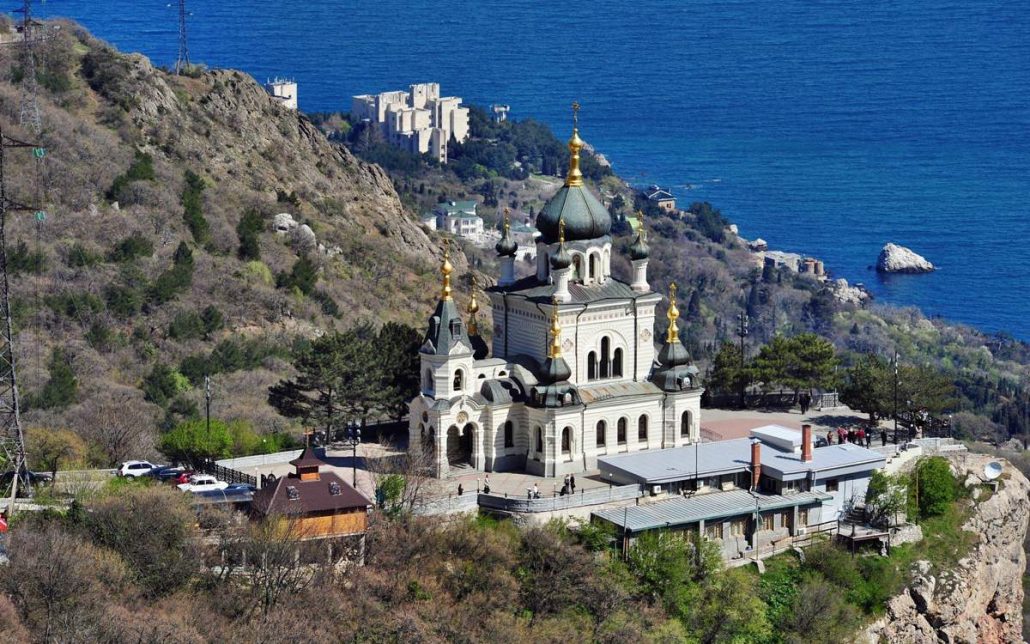
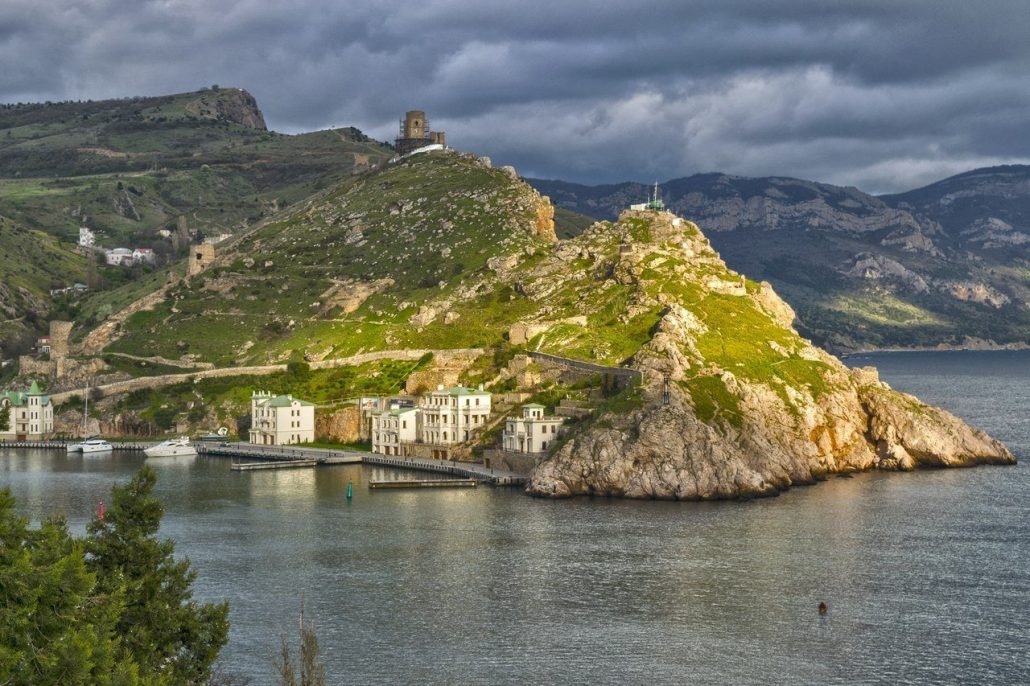
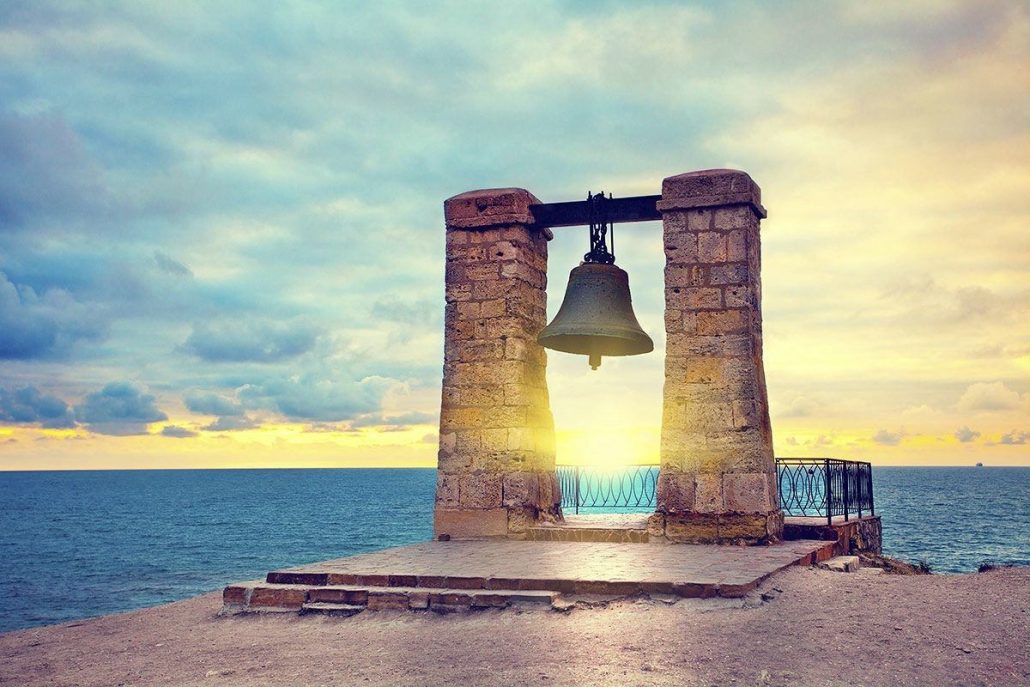
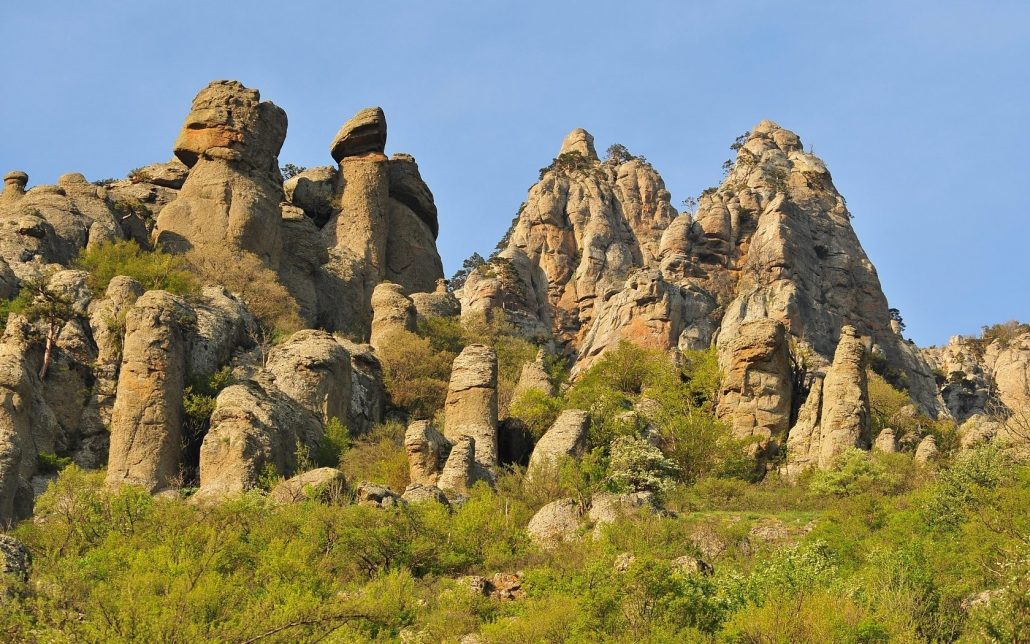
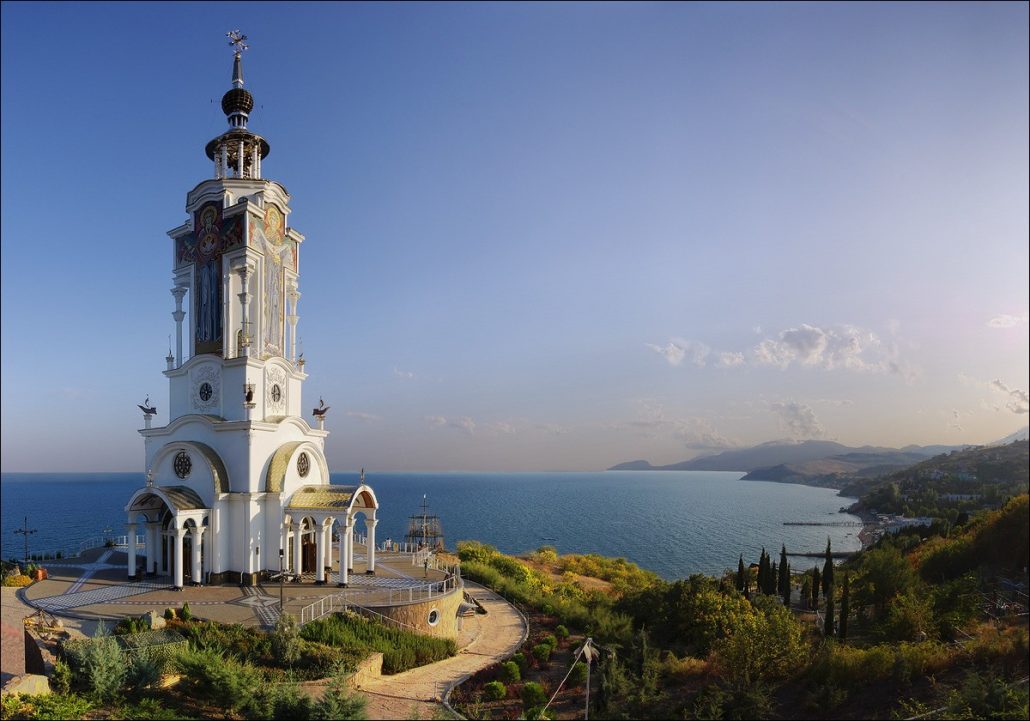


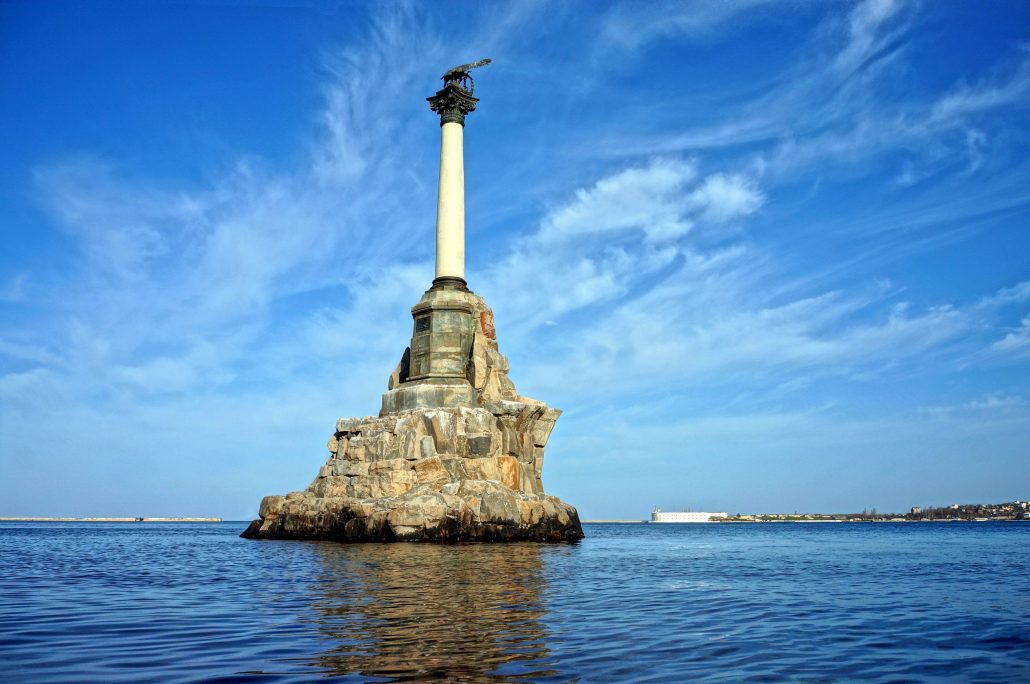
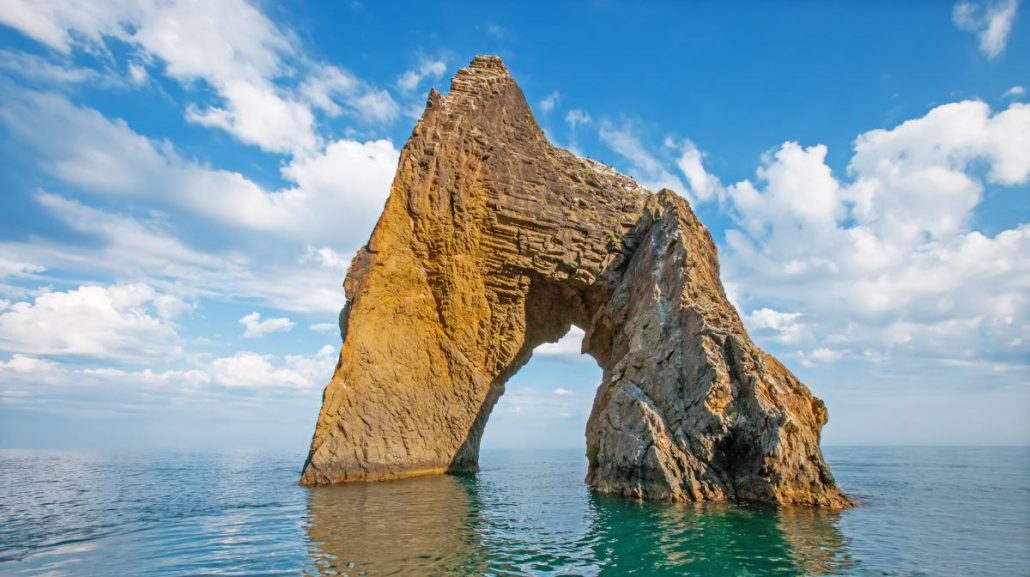
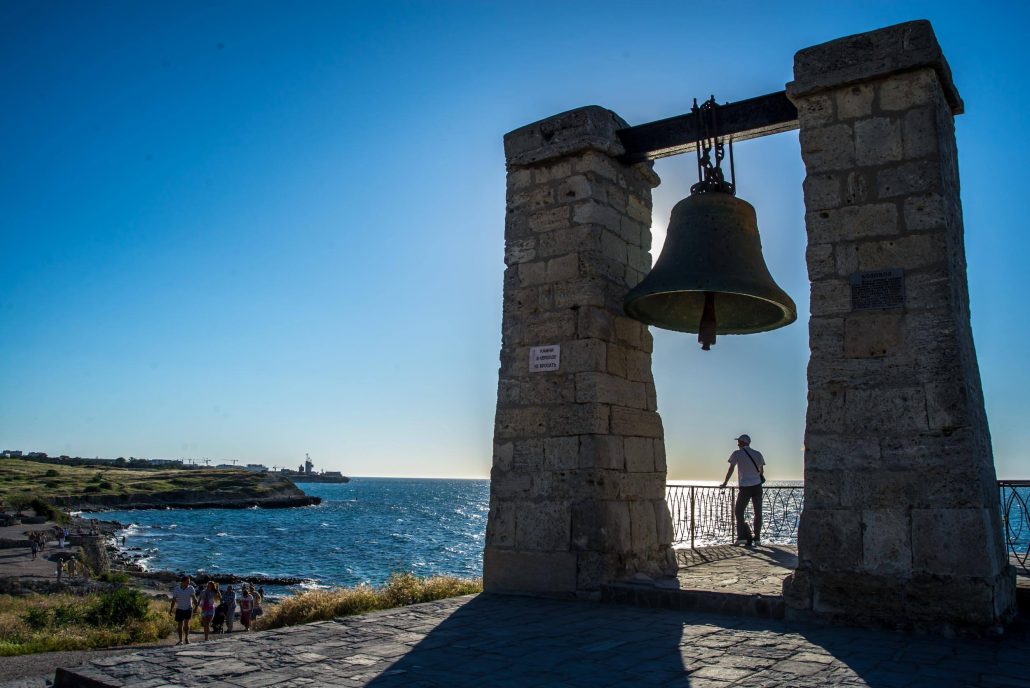
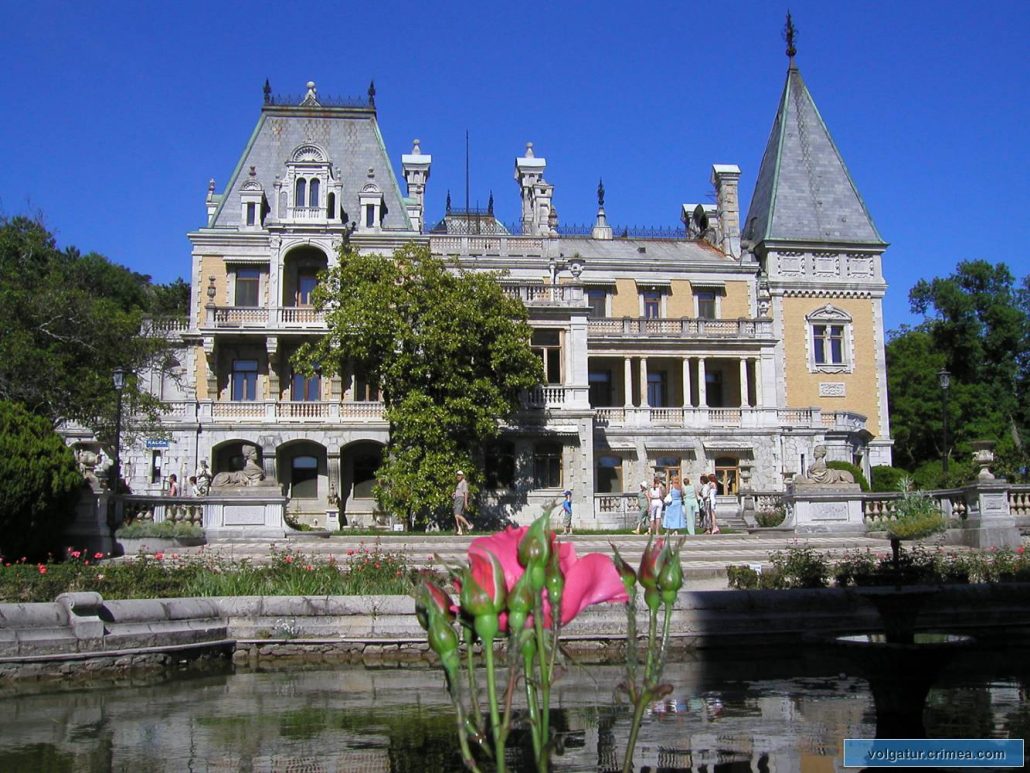
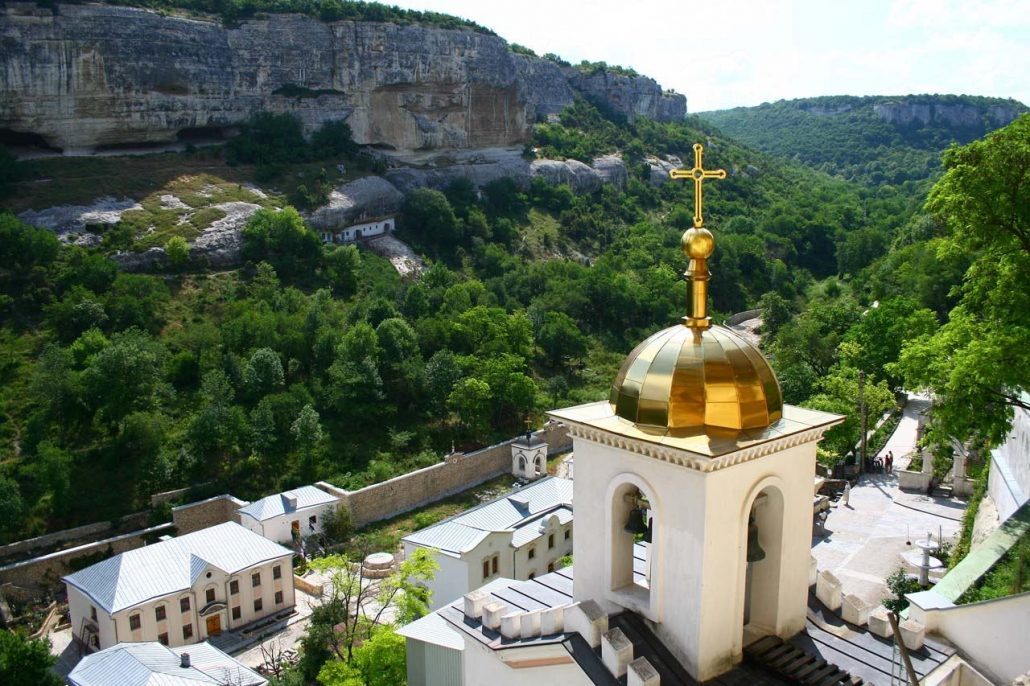
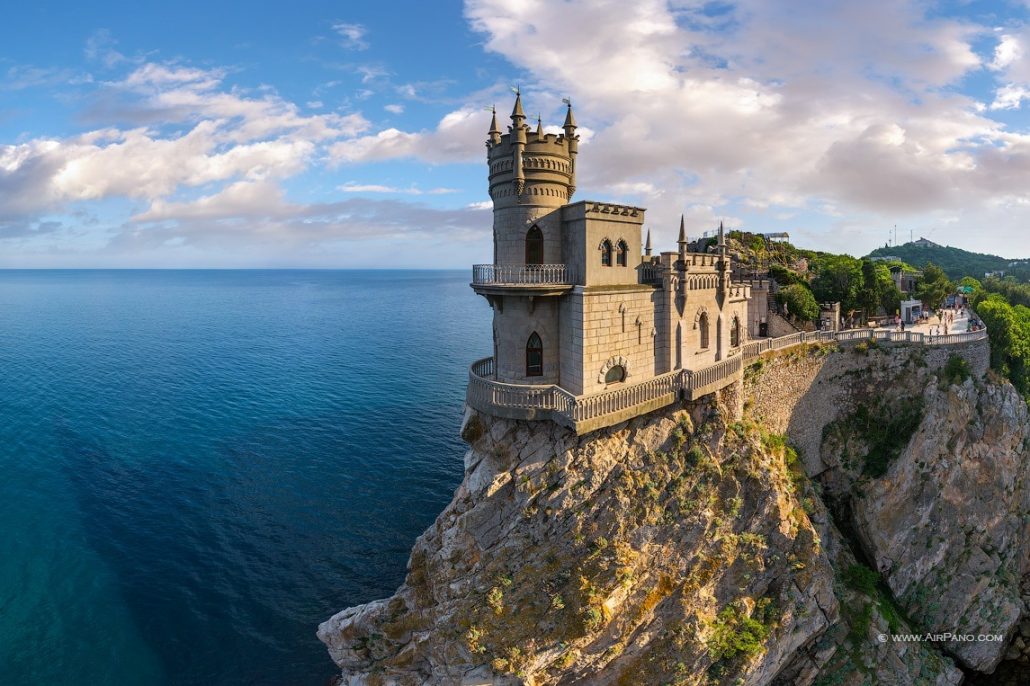
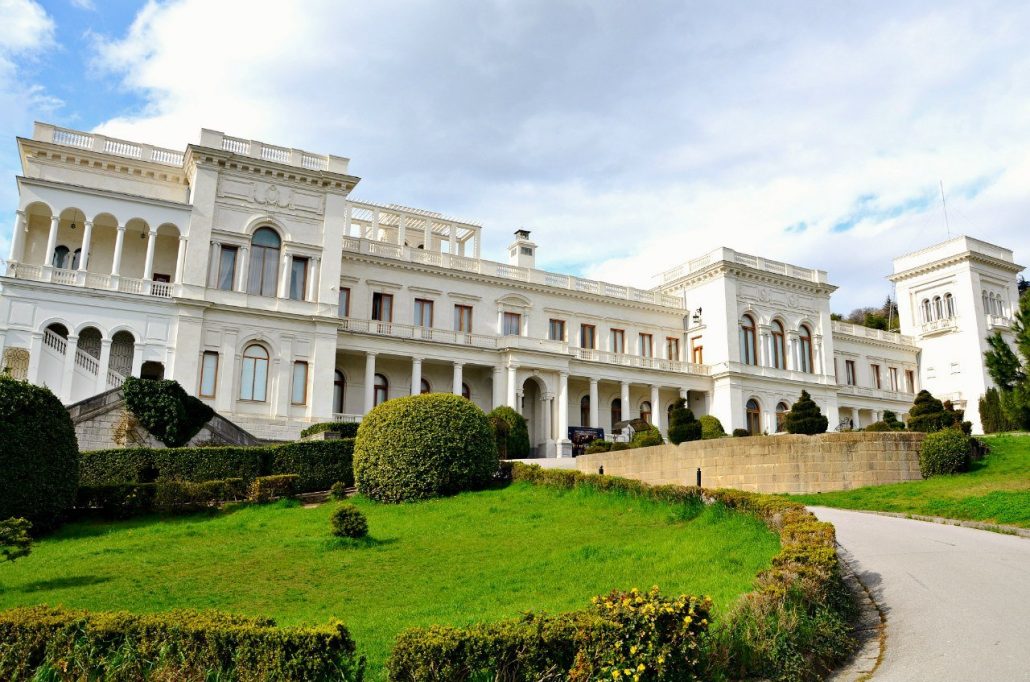

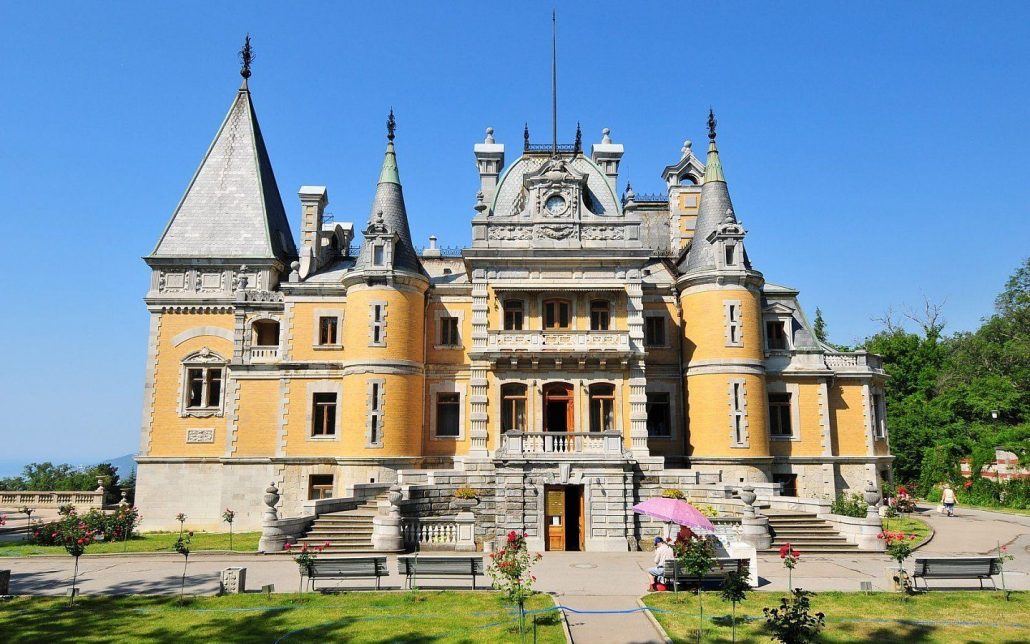
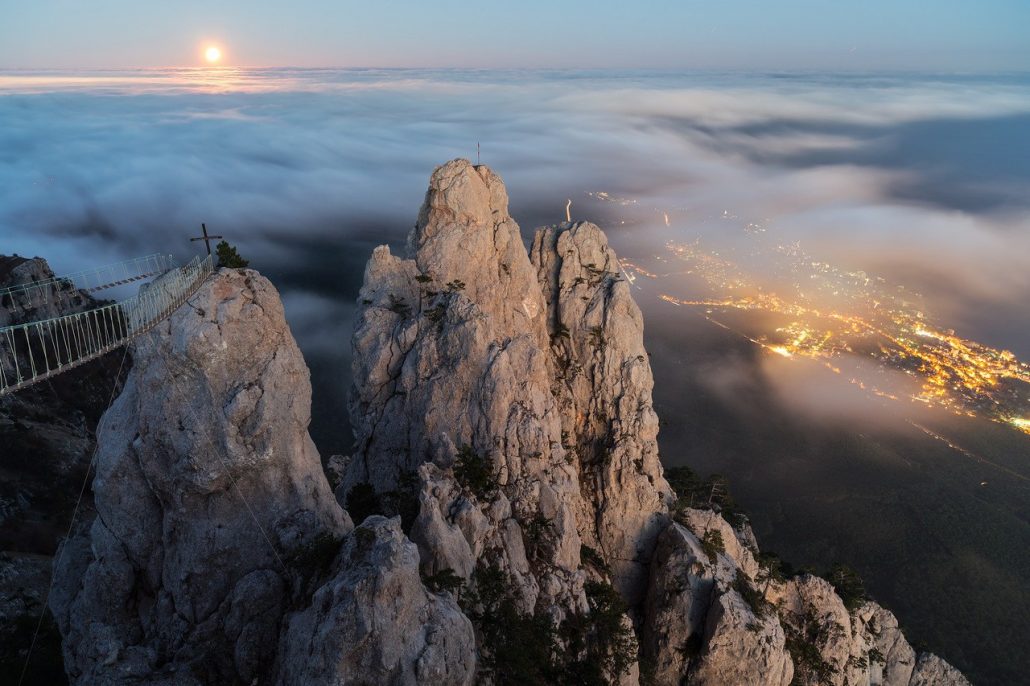
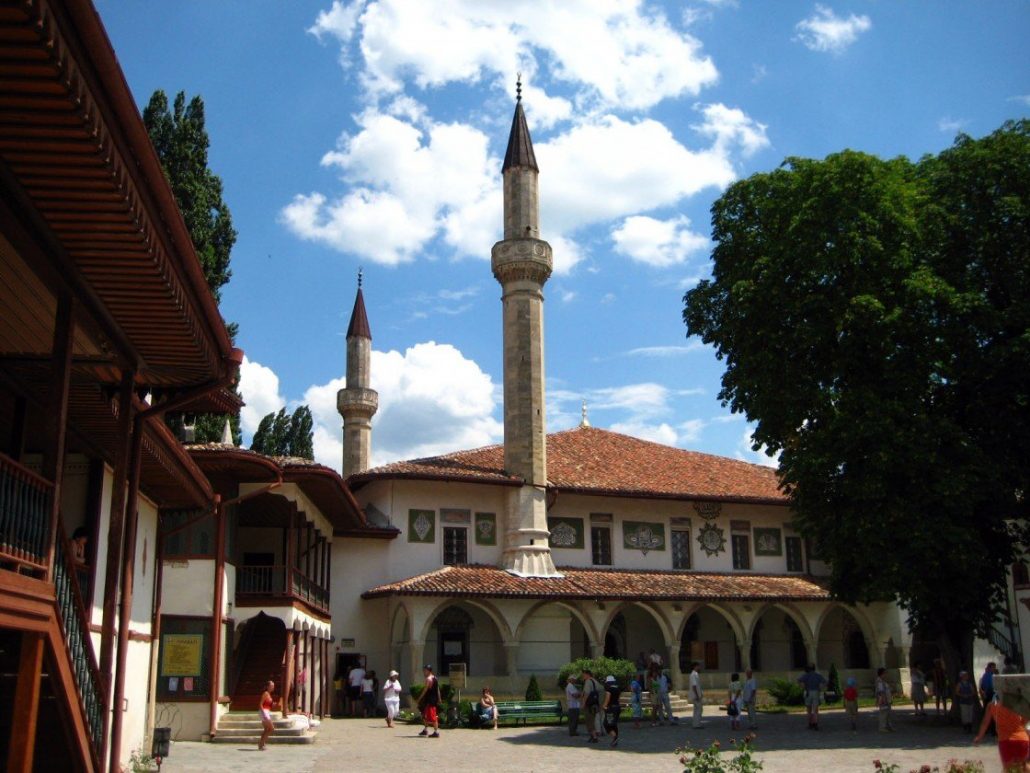


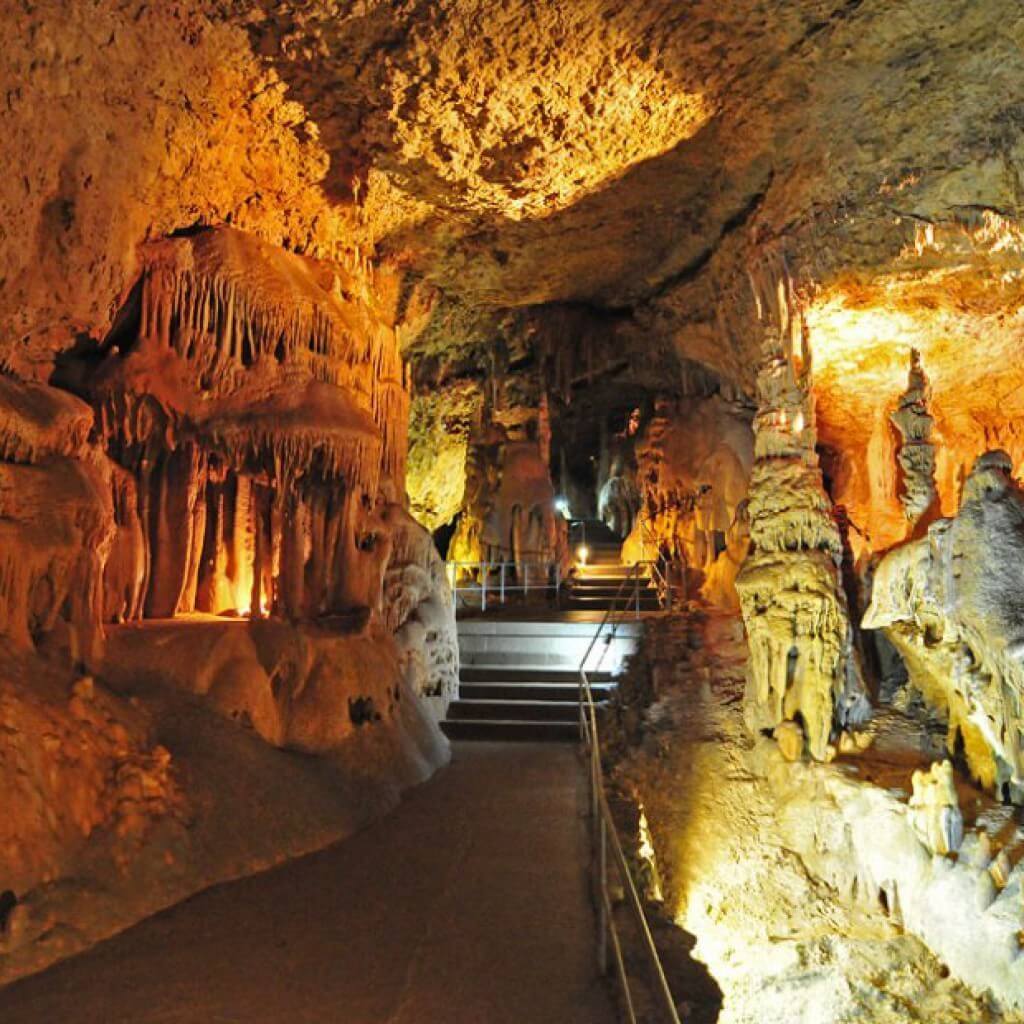
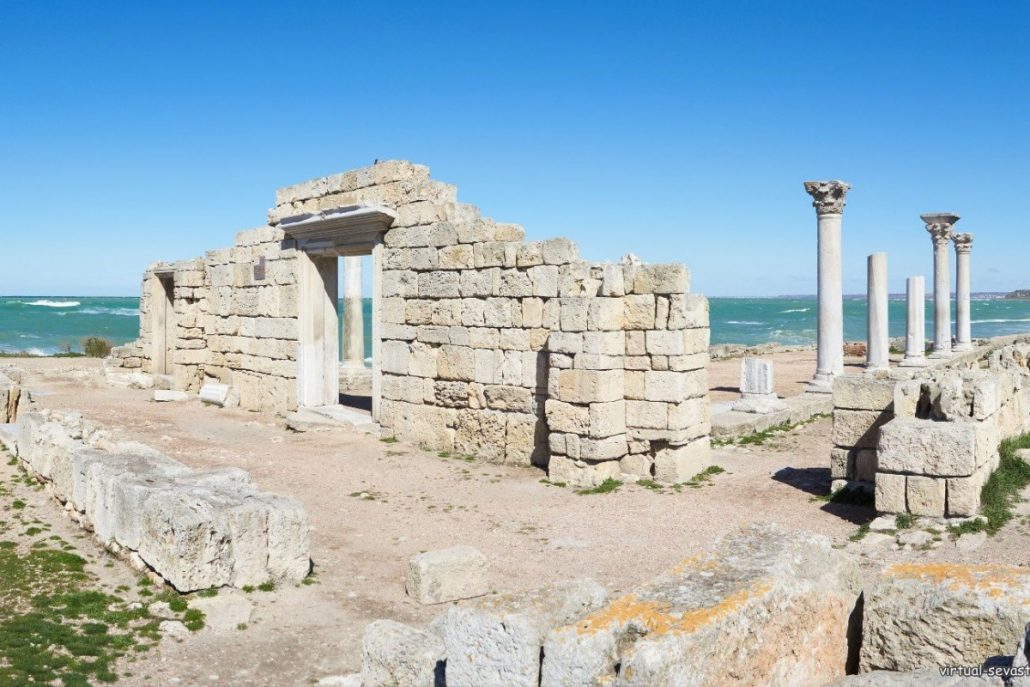
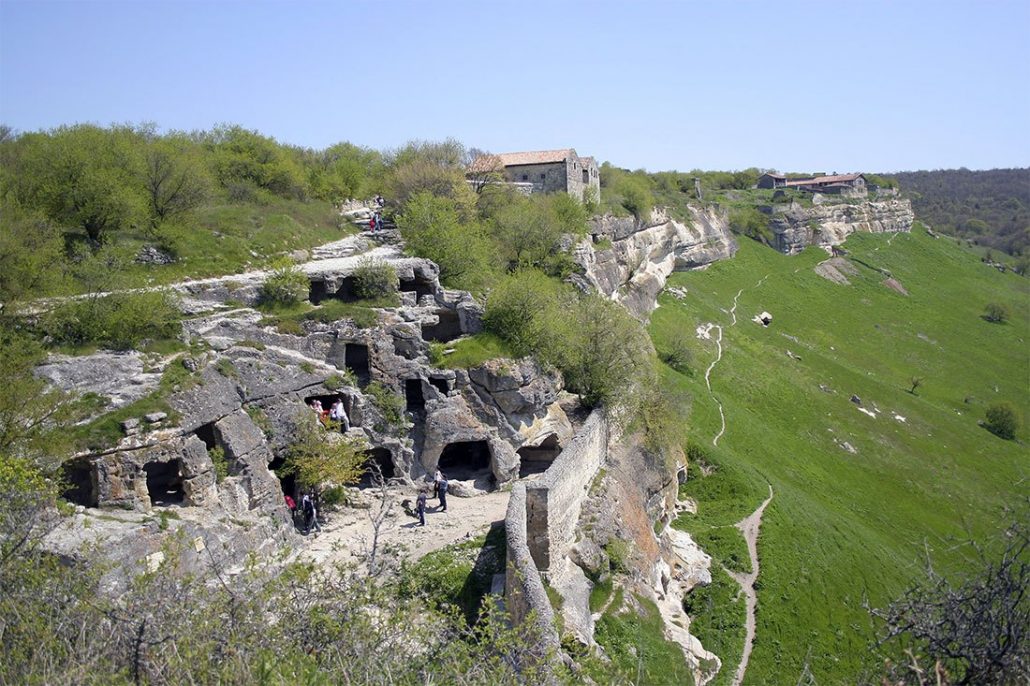
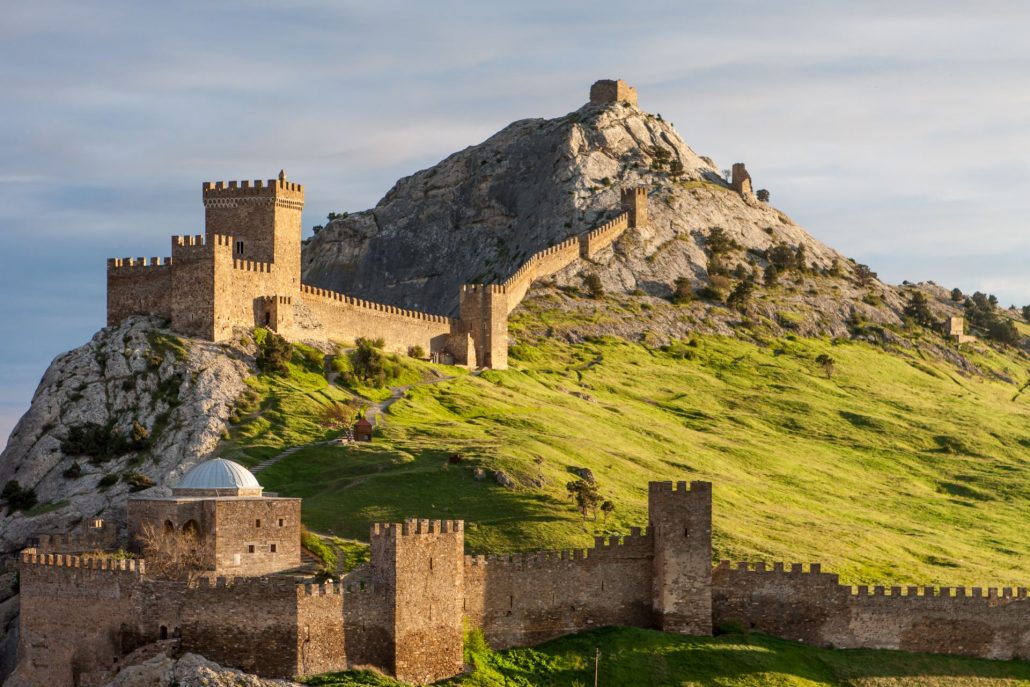

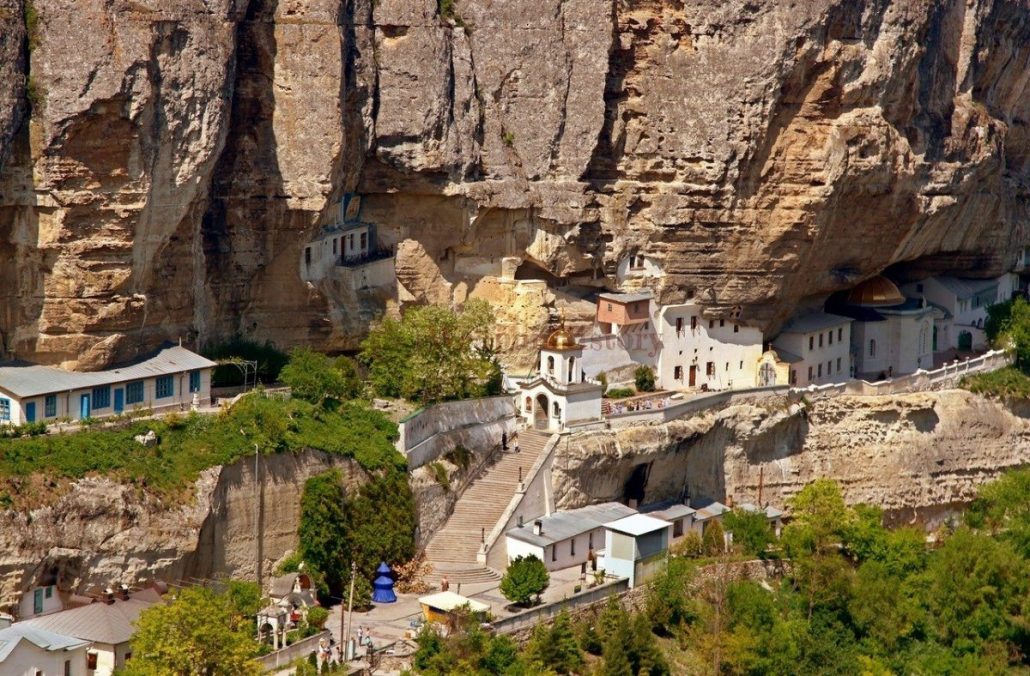
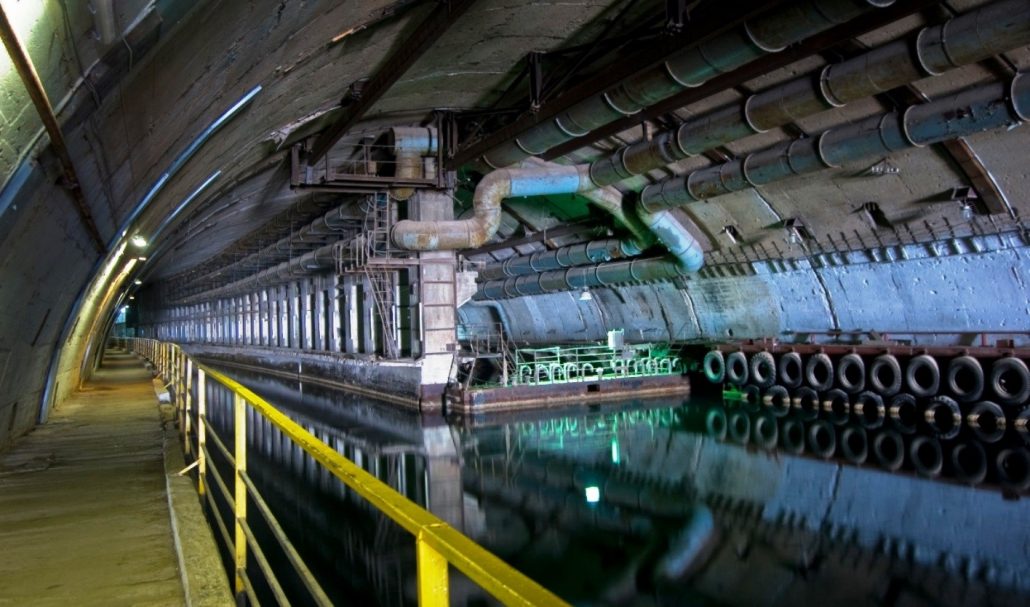
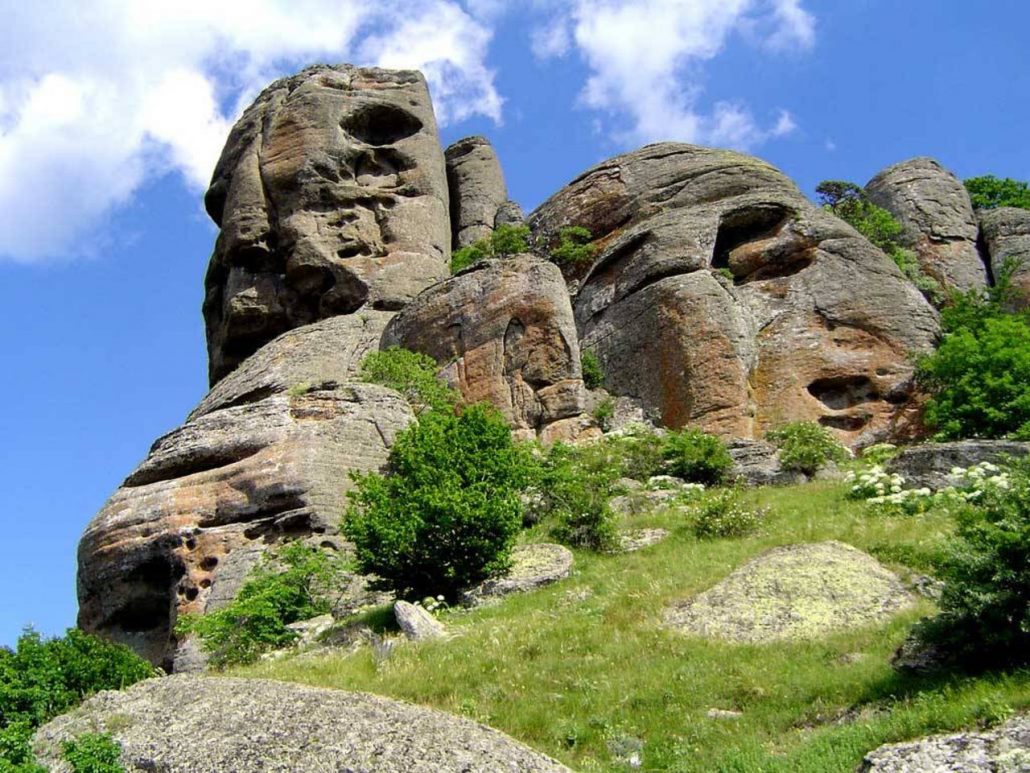
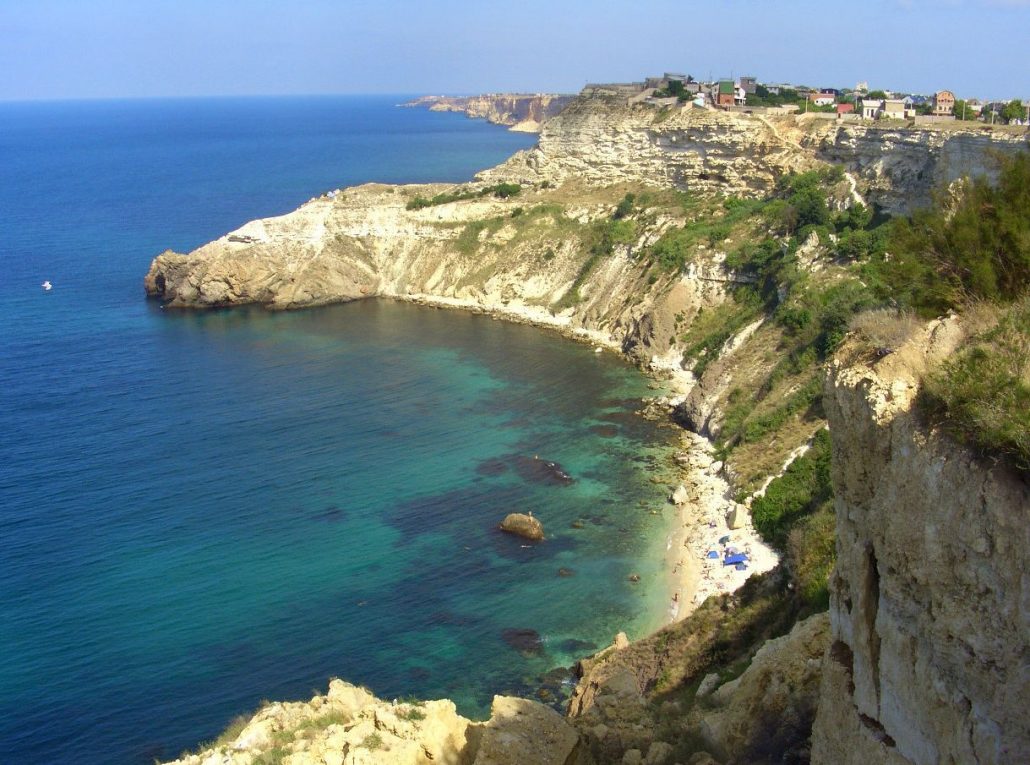
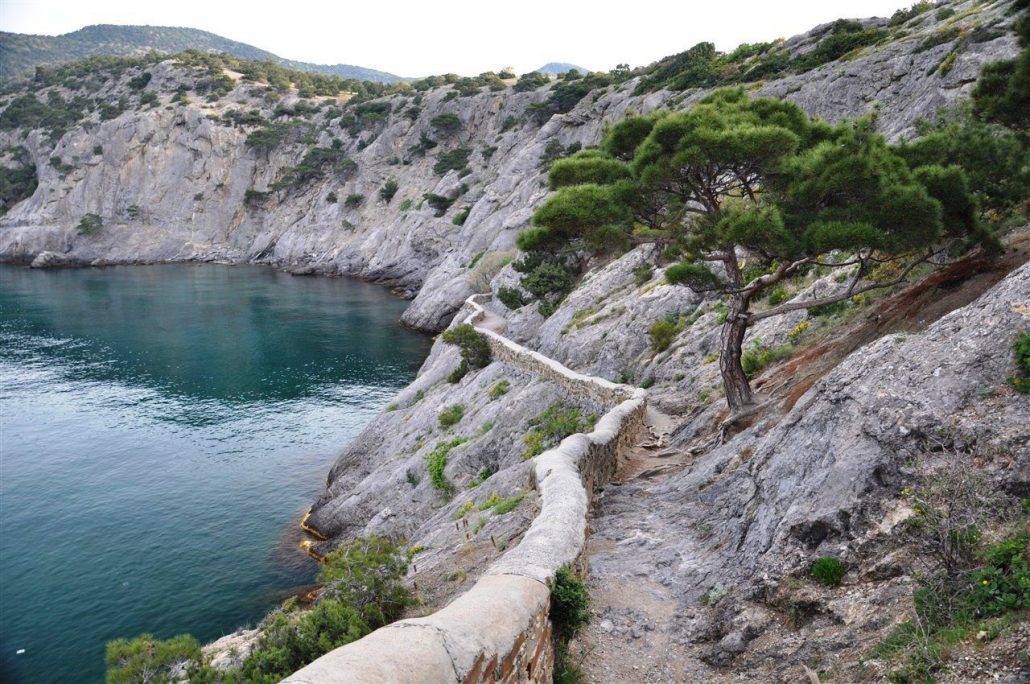
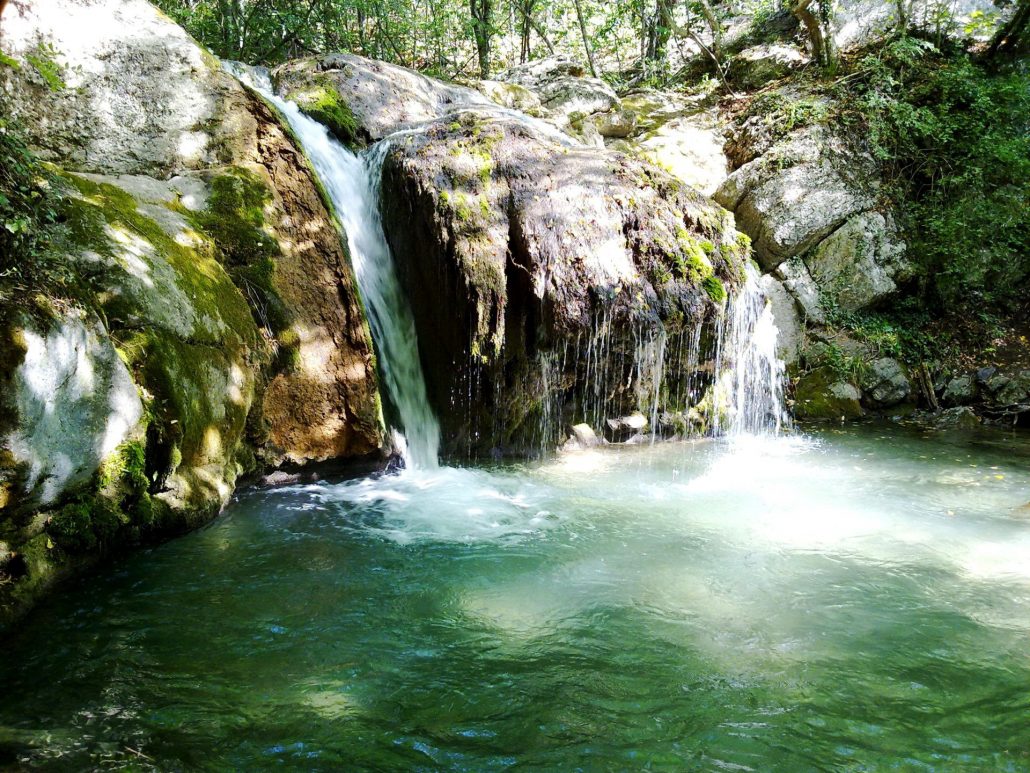
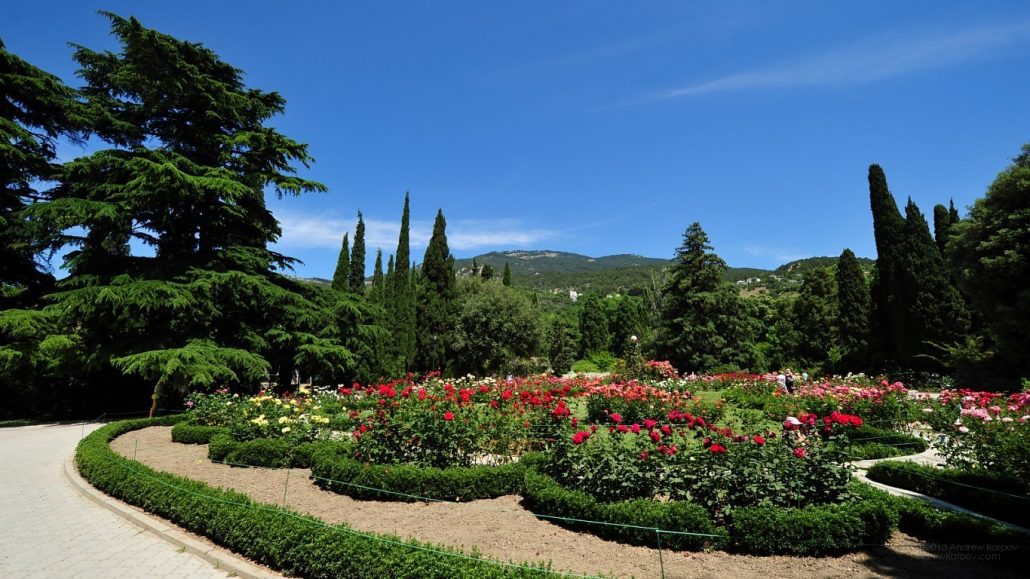


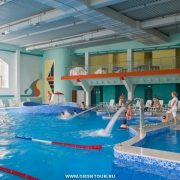
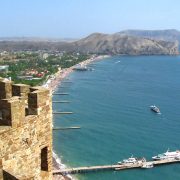
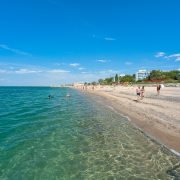




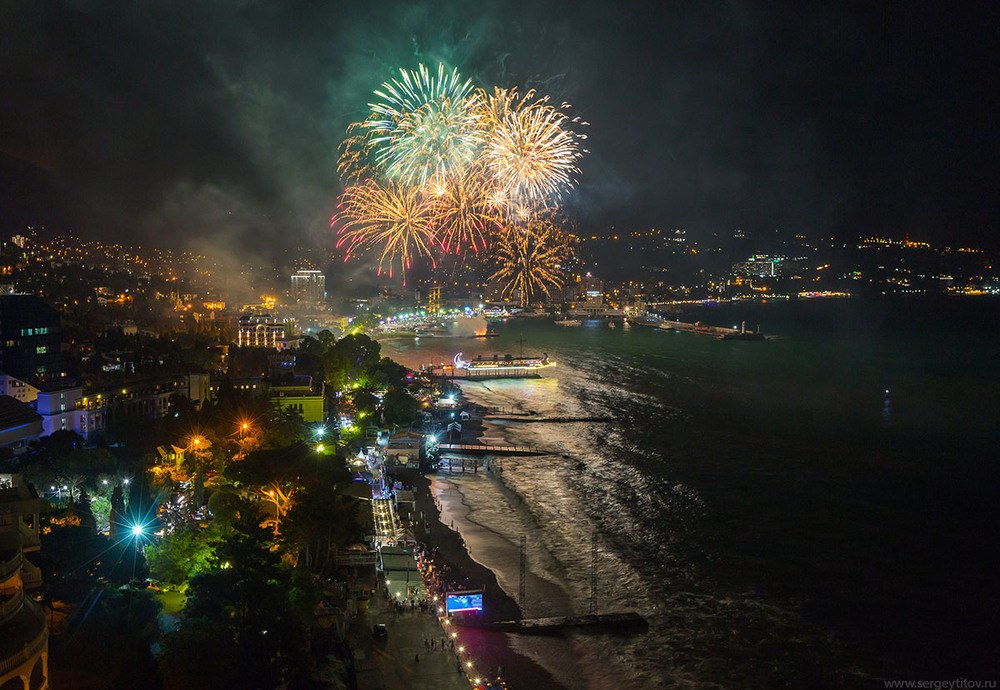







To answer
Want to join the discussion?Feel free to contribute!